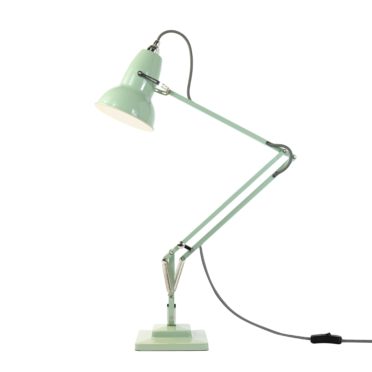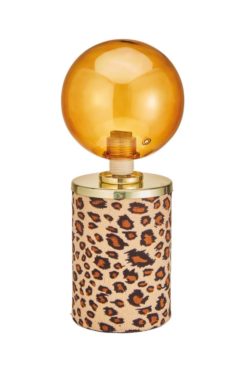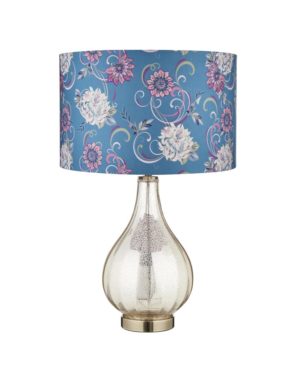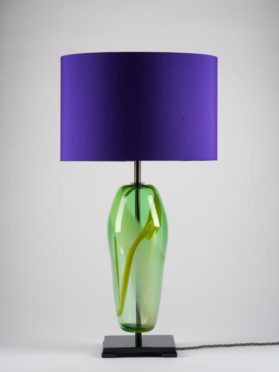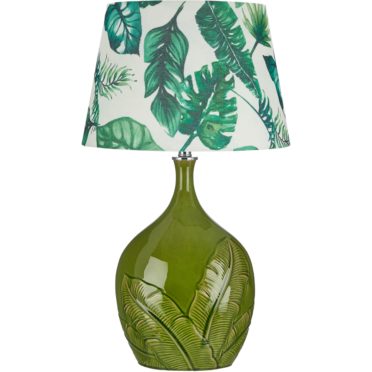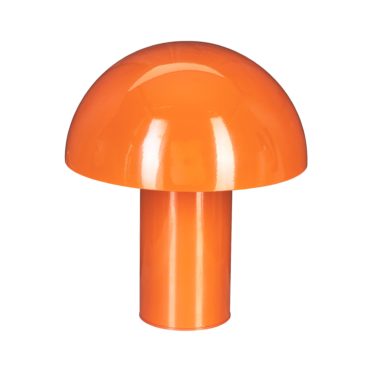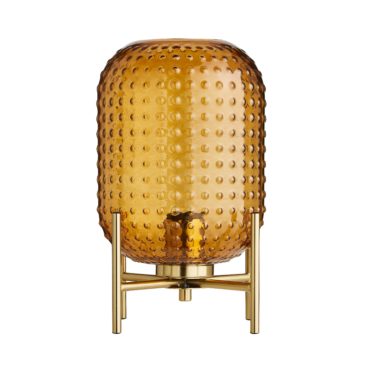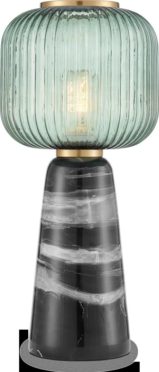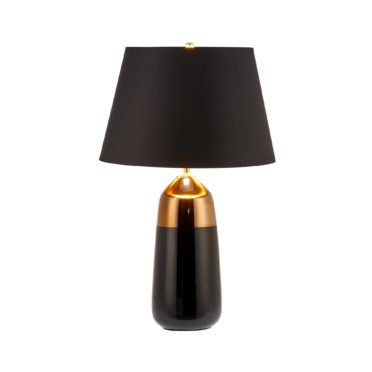As the nights begin to draw in and lighting moves up the interior decor agenda, Jacqueline Wake Young sheds a little light on the history of lamps.
On New Year’s Eve in 1940 a training crew from RAF Lossiemouth flew through a blizzard and were forced to ditch in Loch Ness.
Eight survived but the rear gunner died when his parachute failed.
The RAF had switched to night flights after a disastrous mission months earlier and the crew of the Wellington Bomber were well equipped to train in the dark.
In 1976 a team of US Nessie hunters located the plane and on September 21, 1985, it was salvaged from the loch.
It was remarkably well preserved and among the items recovered was an Anglepoise lamp, which still worked after 45 years underwater.
The longevity of the lamp
Its inventor George Carwardine would have been proud, but perhaps not surprised, as an engineer of note who spent years honing his design.
A specialist in vehicle suspension systems he was chief designer at the Horstmann Car Company.
In 1929 it suffered financial difficulties and he retreated to his garden shed in Bath to work on “a mechanical system with permanent tension”.
In 1932 he unveiled his invention, a four-spring lamp, combining flexibility with balance and a patented constant spring mechanism.
He licensed it to spring maker Herbert Terry & Sons and the Anglepoise name was registered.
Over in Norway in 1937, Jacob Jacobsen revealed his Luxo-L1 lamp, similar to the Anglepoise, with a flexible spring balanced arm.
It was a Luxo that was sitting on the desk of Pixar executive John Lasseter when inspiration struck for a cartoon about a playful little lamp that would hop into the hearts of cinema-goers everywhere.
Our top lamp picks

